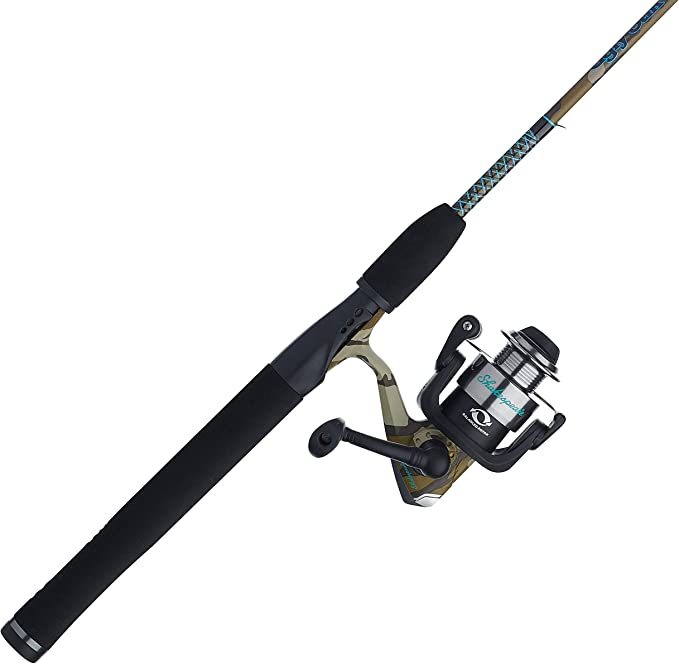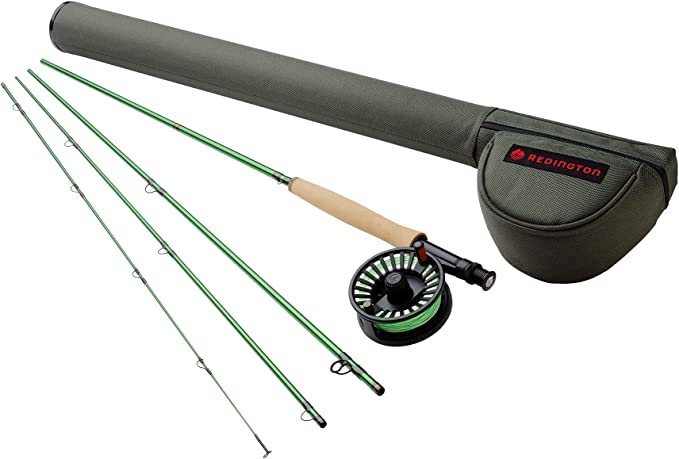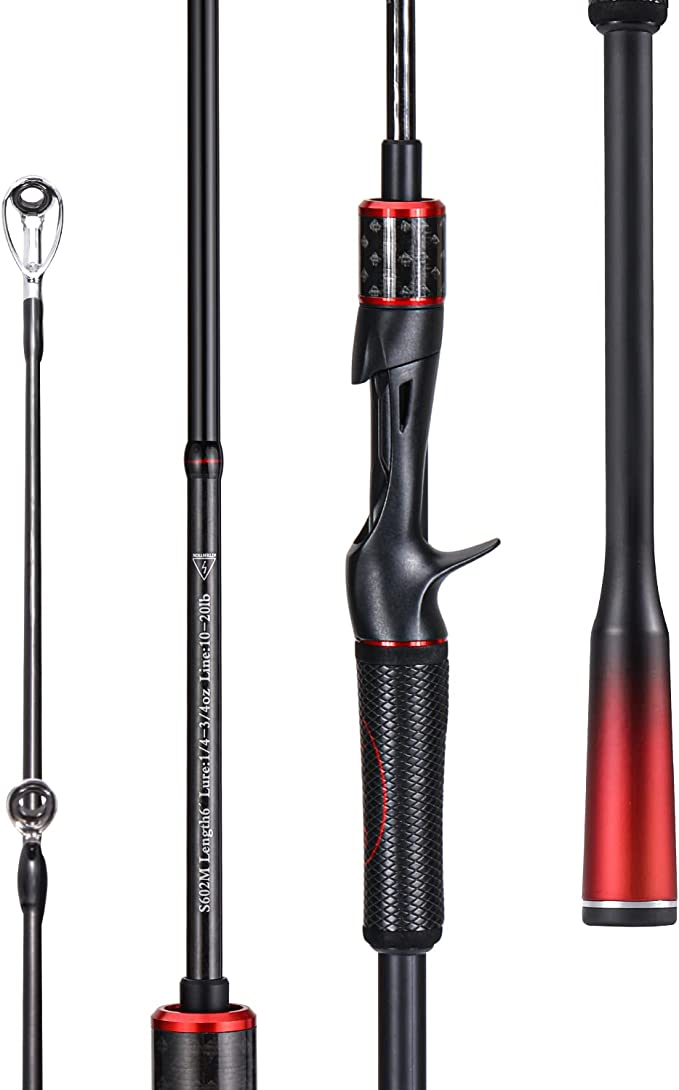The Science of Adventure: Unpacking the Sougayilang Telescopic Fishing Rod
Update on Aug. 1, 2025, 5:37 p.m.
Picture this: you’ve just finished a long, rewarding hike deep into a national park. The trail opens up to a pristine, secluded lake, shimmering under the late afternoon sun. It’s the perfect spot to cast a line, but your bulky, two-piece fishing rod is back in the car, miles away. This classic dilemma—the conflict between performance and portability—is a familiar one for many outdoor enthusiasts. It’s a challenge that modern gear, like the Sougayilang Telescopic Fishing Rod, is engineered to solve, not by sacrificing quality, but by intelligently applying the principles of material science and design.
The secret to this rod’s unique balance lies in its core material composition. The rod blank is a sophisticated blend of 24-ton carbon fiber and E-Glass composite. This isn’t a random mix; it’s a deliberate choice based on the distinct properties of each material. Carbon fiber is renowned for its high stiffness and low weight. The “tonnage” rating, in this context, refers to the tensile modulus of the carbon fiber—a measure of its stiffness. A 24-ton rating provides a solid foundation, offering the kind of sensitivity needed to feel a subtle strike and the responsive “fast action” to quickly set the hook.
However, a rod made solely of carbon fiber can be susceptible to sudden, brittle failure under unexpected stress, like a snagged line or a thrashing fish at close range. This is where the E-Glass comes into play. E-Glass, or “electrical grade” fiberglass, is prized for its flexibility and durability. By blending it with the carbon fiber, the Sougayilang rod gains a crucial layer of resilience. This composite acts as a powerful synergy: the carbon fiber provides the strength and sensitivity, while the E-Glass acts as a shock absorber, protecting the rod from snapping under pressure. This is a foundational concept in composite engineering, where different materials are combined to create a final product with superior properties that neither material could achieve on its own.
Beyond the material science, the engineering of the rod’s telescopic structure is where its true genius for portability shines. Historically, telescopic rods were viewed as a compromise, with a reputation for being flimsy or prone to failure at the joints. Sougayilang tackles these challenges head-on with precision components. The reel seat, the critical connection between rod and reel, is crafted from CNC-machined aluminum. CNC, or Computer Numerical Control, is a manufacturing process that uses computers to control machine tools, ensuring every component is cut to exact specifications. This results in a reel seat that is not only perfectly aligned but also highly resistant to corrosion, a vital feature for saltwater fishing.
The rod’s performance is further enhanced by its three-point welded stainless steel guides with ceramic inserts. Stainless steel is a popular choice for fishing gear due to its inherent resistance to rust and corrosion, a necessity when exposed to saltwater. Inside these durable steel frames, the ceramic inserts—typically made from materials like alumina or silicon carbide—provide an incredibly smooth surface. This minimizes friction as your fishing line passes through the guides, enabling longer, more accurate casts and protecting your line from wear and heat buildup, which can weaken it over time. The careful placement and construction of these guides help maintain the structural integrity of the rod even when extended, debunking the myth that all telescopic rods are fragile.
No discussion of the rod’s design would be complete without highlighting the importance of the high-density EVA grips. EVA, or Ethylene Vinyl Acetate, is a lightweight, durable polymer with excellent shock absorption qualities. In a fishing rod, this material serves a critical ergonomic function. Its soft, high-density texture provides a comfortable grip that reduces hand fatigue over long fishing sessions. Furthermore, its non-slip properties ensure you maintain a firm hold on the rod, even with wet hands, allowing you to focus on the fight rather than worrying about your grip. This is a perfect example of how materials science, even in something as simple as a handle, contributes directly to the user’s comfort and performance.
Ultimately, the Sougayilang Telescopic Fishing Rod is a fascinating case study in how thoughtful engineering can create a product that defies its own limitations. It’s not just a rod you can fit in your backpack; it’s a testament to the fact that with the right blend of materials and a commitment to quality design, you can have a tool that is both portable and powerful. It empowers you to turn any impromptu outdoor moment into a potential fishing adventure, proving that the best gear isn’t always the biggest—it’s the one that’s smart enough to go wherever you do.







































